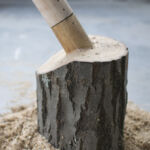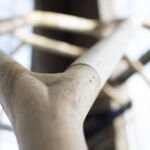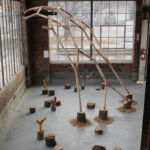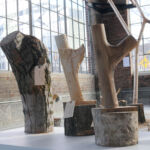LIMB: Rethinking Timber Joinery by KASE Studio
Project's Summary
LIMB: Rethinking Heavy Timber Joinery Through Analysis of Tree Crotches is an innovative initiative developed by KASE Studio, led by Co-Principal Investigators Peter von Buelow, Steven Mankouche, and Kasey Vliet. This project challenges conventional timber construction methods by exploring the unique potential of tree crotches, which have historically been underutilized. The research team, composed of dedicated assistants, is focused on developing a new joinery method that leverages the natural occurrence of branch bifurcation found in various wood species.
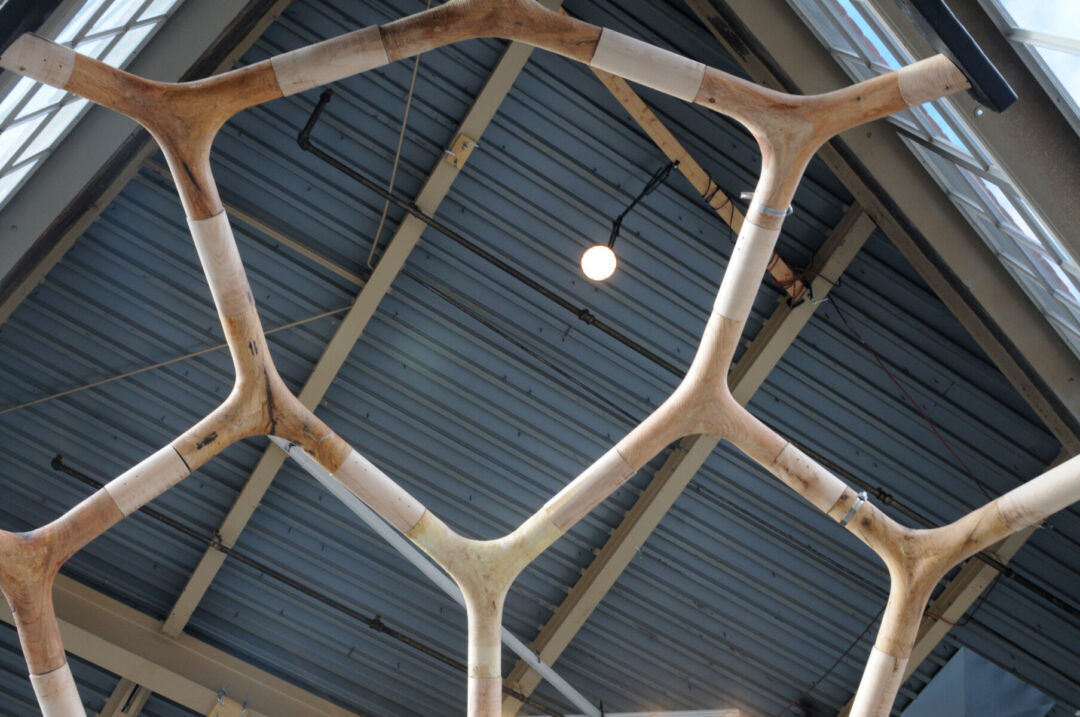
Historically, tree crotches have served critical roles in construction, from providing structural joints in naval vessels to forming bracket systems in barn structures. Unfortunately, due to their irregular size and grain patterns, these natural materials are often disregarded in commercial harvesting, leading to their wasteful disposal. LIMB seeks to transform this narrative by proposing a joinery solution that utilizes single pieces of wood specifically grown for bifurcation, thereby enhancing the strength and durability of construction joints. This approach not only minimizes waste but also champions sustainability within the architectural community.

The innovative aspect of LIMB lies in its method of milling into tree crotches, allowing for the creation of connector pieces with designed angles that align seamlessly with the natural parameters of bifurcation. The research spans a broad range of scales, from large building structures to intricate furniture designs. By decoupling the bifurcation from traditional linear elements, the project enables the harmonious use of multiple wood species, optimizing structural attributes such as weight, flexibility, and rigidity. This versatility enhances the potential for creative architectural solutions.
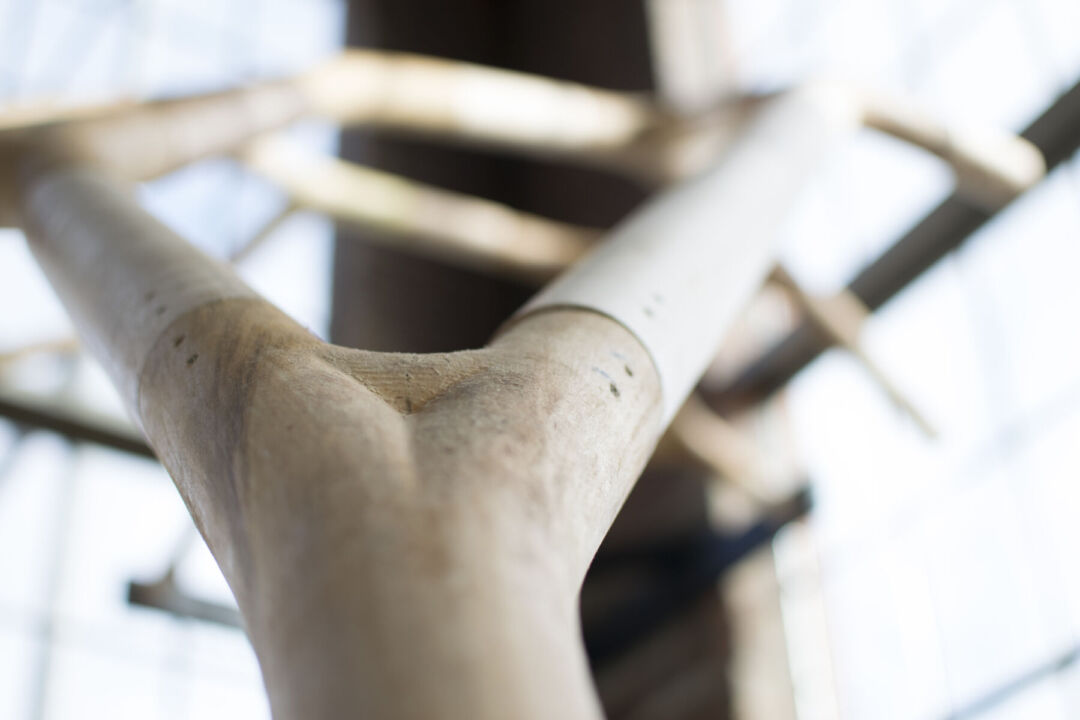
What distinguishes LIMB from other projects is its syntactical design approach. Instead of pursuing unique forms or organic shapes, the project aims to establish a reusable language of bifurcated joinery. By distilling various angular occurrences found in limb bifurcations into a set of shared components, these elements can be finely tuned for application across diverse structural systems. This methodological innovation unlocks new formal and structural possibilities, leading to explorations of various frameworks, including two-way frame structures, three-way columnar configurations, rectilinear 'hedge-like' structures incorporating shear panels, and reticulated shell designs.
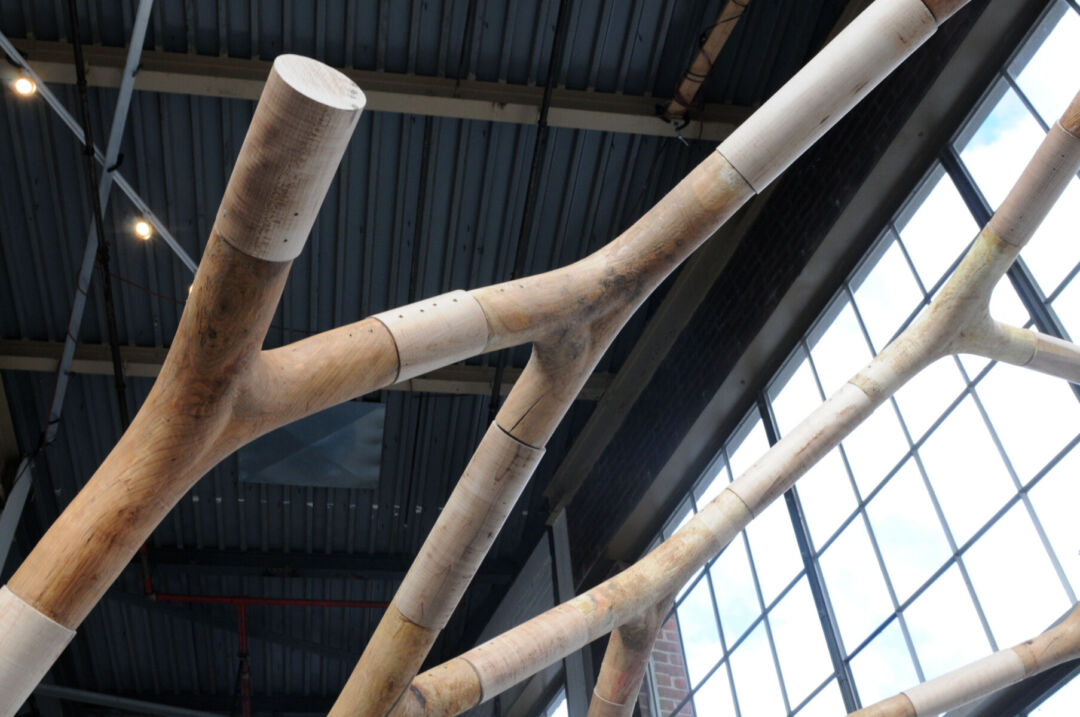
Through the integration of digital practices and inspiration drawn from diverse regional wood species, LIMB embodies a project that is both globally aware and locally relevant. Supported by a 2017-18 Research Through Making grant from the Taubman College of Architecture and Urban Planning at the University of Michigan, LIMB is at the forefront of reimagining timber construction. By focusing on sustainable practices and innovative joinery techniques, this project not only honors traditional craftsmanship but also paves the way for the future of resilient timber architecture.
Read also about the Ballard Remodel | Innovative Home Design in Seattle project

